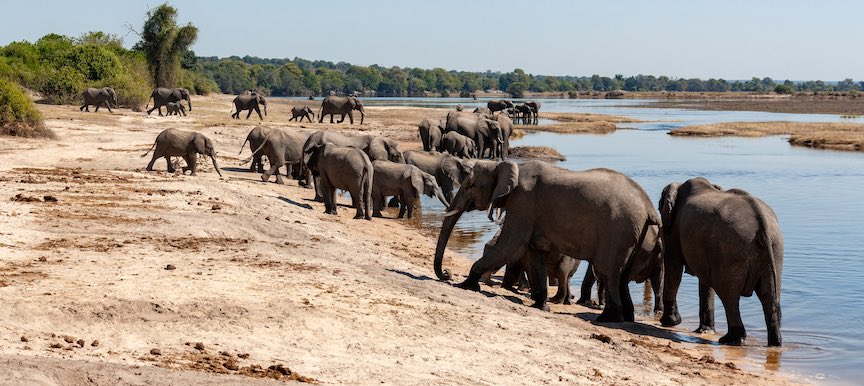1966 Botswana Becomes Independent

Botswana
On September 30th 1966 Botswana, formerly called the Bechuanaland Protectorate, became independent. Its first President was Sir Seretes Khama..
Botswana was initially brought under British control in the late 19th century, primarily as a buffer zone against the expansionist aims of other colonial powers in the region. During the colonial period, British rule in Botswana was relatively non-intrusive compared to other African territories, mostly because the region was not endowed with significant resources that would have been of commercial interest to the British Empire at the time. However, the paternalistic structures of colonial governance did exist, with indigenous populations subject to foreign rule.
By the mid-20th century, the wave of anti-colonial sentiment and the push for self-determination were sweeping across Africa. In Botswana, political movements began to form with the goal of seeking independence from British rule. Notable leaders, such as Seretse Khama, emerged as advocates for the independence movement. Khama, who was a prince of the Bamangwato people, played a significant role in unifying various ethnic groups within the country and liaising with British authorities for a peaceful transition to independence.
Negotiations with British authorities were mostly cooperative, and plans were put in place to prepare Botswana for self-governance. This included building the necessary administrative and governance structures, as well as developing a constitution. Seretse Khama became the first President of Botswana when it gained independence in 1966.
Upon independence, Botswana was one of the poorest countries in the world, with an economy that was largely based on subsistence farming. However, it had a foundational advantage in its relatively cohesive social fabric and stable political system, hallmarks of Khama's leadership and governance philosophy. The discovery of significant diamond deposits shortly after independence provided the financial resources to drive economic development.
 >
>